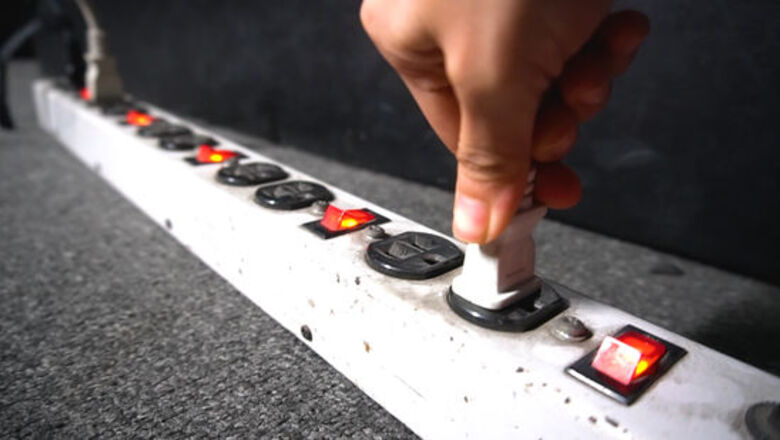
views
Powering Your Amp and Setting Up Your Guitar
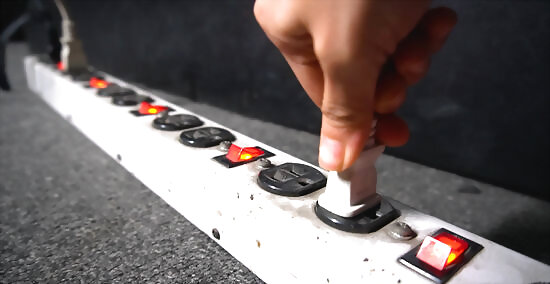
Connect the power cable of the amp. All guitar and bass amps use the same power cable. Most power cables can be detached from the amp itself. If your cable is detached, plug the female end into the amp. The female side has holes instead of prongs extending outward. Then connect the male end of the cable into a power outlet. To protect your amplifier, use a surge protector. Surge protectors also become useful once you begin to build your tone and experiment with effects pedals. Be sure the power socket is grounded. A grounded socket means it has three prongs. If you don’t, you risk electrocuting yourself.
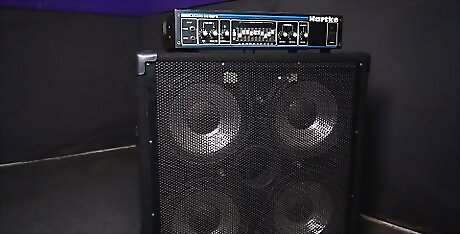
Set up a separate cabinet and head if necessary. Many amps you purchase are actually a combination of an amplified and a speaker in one "box". These are called "combo amps" and are very common. If on the other hand you are working with a separate amplifier component, your setup will require a set of speakers, typically in the form of a cabinet. Run a quarter inch cable from the back of the head into the cab. A cabinet of speakers (or cab) is a container that holds one or more speakers. The guitar amplified typically powers those speakers. Most combo amps also allow you the option to use the built-in speaker or to run to a larger speaker cabinet.
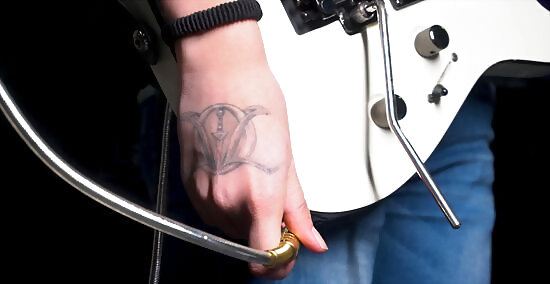
Plug your guitar into the amp. To plug your guitar in, run a quarter-inch (6 mm) audio cable from your guitar's output jack to the input jack on the amp. Always plug into the amp with the amp turned off, and avoid turning the amp on when nothing is plugged in. This can damage the amp’s components. Some amps may have more than 1 input jack representing different "channel" options for you to play out of, for example, channel 1 is clean and channel 2 is more distorted or has reverb.
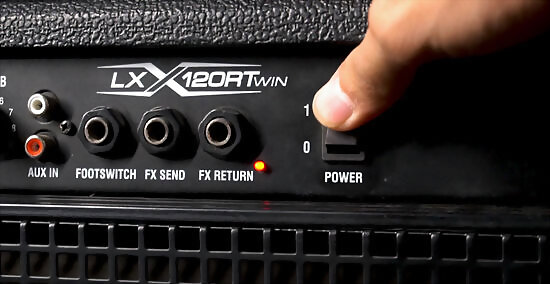
Power the amp on. There are two types of amps: solid state amps and tube amps. Solid state amps will have a simple button or flip-switch to power them on. Amps using tube circuitry, however, will often have 2 switches: 1 labeled "Power" and another labeled "Standby." Turn on both switches for the tube amp to make sound. Tube amps will take longer to produce sound because it takes a few moments for the tubes to warm up. The standby switch is useful keeping the amplifier warmed up and ready to go during short breaks in playing. The power is sometimes on the front of the amp and clearly labeled. Sometimes the power switch is located on top of the amp or even behind the amp. If you’re having trouble locating the power switches on your amp, inspect the front and back of the amp in a well lit area. If you are playing a gig and load in your equipment on stage before the show, turn on the power switch only. This will make the tubes on your amp warm before showtime. When you’re ready to play, flip on the standby switch.
Adjusting the Tone and Volume of the Amp
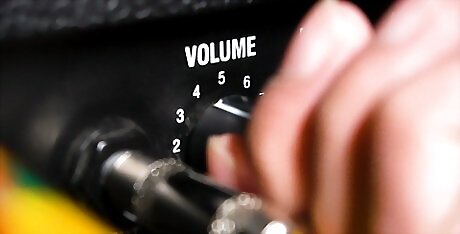
Adjust the volume of your guitar amp. Amps with a simple layout will have a single volume knob. More commonly, you will see 2 knobs, labeled "Pre" and "Post,” or “Drive” and “Master.” The first knob in each of these pairs adjusts the signal before it enters the power amplification stage, while the second knob adjusts the signal after power amplification. Start around 2 on the dial of your master volume.
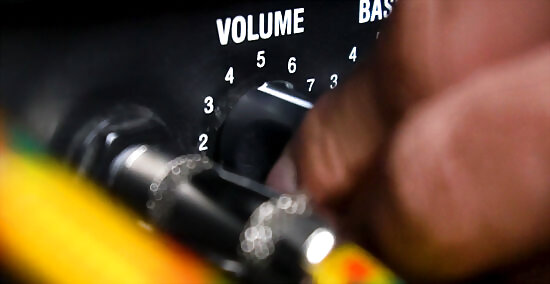
Use the volume to effect the tone. The pre or drive knob will have a much more dramatic effect on the overall tone of your guitar. The pre knob allows you to produce a distorted tone. This is because the power amplification stage cannot cleanly handle input signals past a certain level. Turn the "Pre" knob higher to achieve a distorted signal. The post or master knob has a less dramatic effect on tone, but handles the overall volume of the amp. The master knob will not affect the distortion of the signal. If the pre knob is set high, set the post knob low to achieve a distorted sound at a reasonable listening volume. If the pre knob is set low, turn the post knob higher to produce a clean tone.
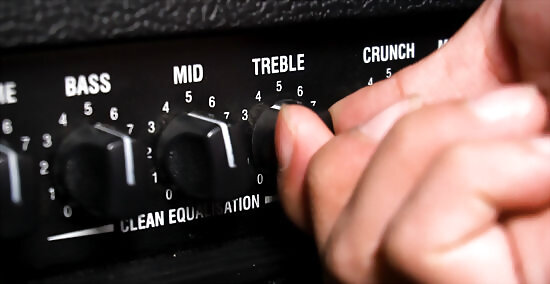
Adjust the EQ of your guitar's tone. All guitar amps contain some form of equalization (EQ), often in the form of bass, mid, and high frequencies. Experiment with the EQ on your amp to find a tone you enjoy. The best way to get an idea of the amp’s natural tone is by setting each EQ to “twelve o’clock.” Twelve o’clock means that the knob is set directly in the middle. The term comes from the face of a clock. Some amps simplify the equalization to a single knob, labeled “tone.” Adjust the knob high to produce a higher frequency to give your guitar a brighter tone. Move the knob to a lower position to emphasize low frequencies that will produce a warmer, darker tone.
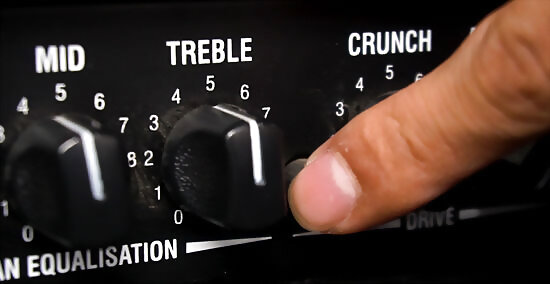
Switch between channels if available. Some guitar amps will have a button labeled "Channel." This button is used to switch between clean and distorted channels, which will provide you with a quick way to increase the level of distortion. Pressing this button has the same effect as turning up the pre-gain knob and turning down the post-gain knob. Some guitar amps come with a pedal to switch between channels on the fly.
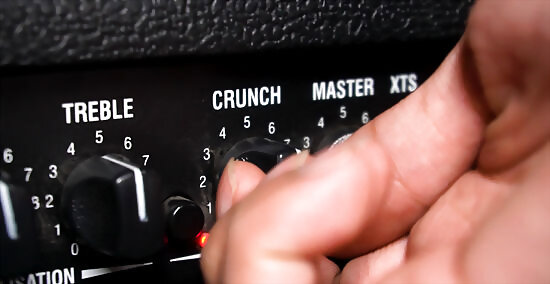
Use gain on your amp. The gain knob on your amp is designed to increase the distortion of your guitar's sound. In effect, the gain knob also increases the volume. Not all guitar amps come with gain settings. Some guitarists value this effect so much that they purchase several pedals that produce this sound like, overdrive and distortion effects pedals. Gain is particularly useful if you play rock or blues music. Some players like to increase the gain on the amp right before a guitar solo.
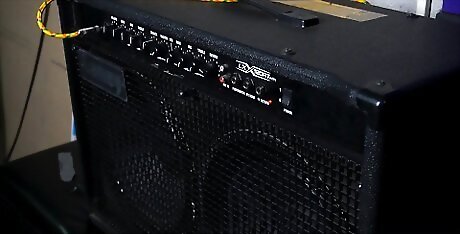
Play with multiple amps. Before settling on an amp, you should visit a music store and try out multiple amps. Each model and brand has an unique sound that is worth being experimented with. You'll see difference in the "American sound" with brands like Fender, and the "U.K. sound" with brands like Marshall and Vox. Some guitarists even prefer to play out of a bass amp. Determine if you like the tube sound over solid state amps or vice versa - tubes tend to give a more classic, warm tone to your playing but require additional maintenance and care.
Adding Other Effects to Your Amp
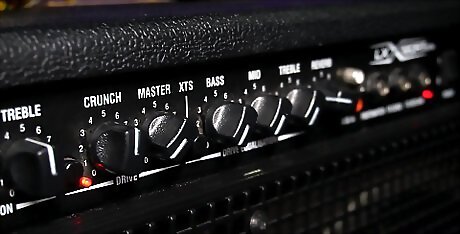
Experiment with other controls on your guitar amp. Many amps contain additional controls, such as ones for special effects like chorus, tremolo, delay, and reverb. Note, however, that you can often achieve a higher quality tone by using effects pedals to produce these effects. The most common effect to come equipped with an amp is reverb. The reverb effect produces a larger sound by simulating the sound wave bouncing off multiple surfaces. The reverb effect is subtle but powerful, and it can be used for a wide array of sounds.
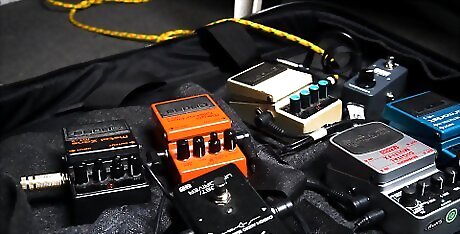
Use additional pedals. The world of guitar pedals (also called effects pedals, or stomp boxes) is nearly endless. The most versatile pedals are delay, distortion, and compression. Effect pedals range from about $30 to around $1,000. Effects pedals are typically powered by a 9V battery and must go in between your guitar and your amplifier in the chain. Plug your guitar into one end (the input) and your amp into the other end (the output), then use your foot to activate the effect while playing. Search online for a better idea of what effects and amplifier settings your favorite recordings are using. Classic/hard rock uses distortion/overdrive, flanger or phase, wah-wah, and delay. Blues guitar uses a variety of overdrives and amp simulator pedals. Country guitar utilizes tremolo and reverb. Shoegaze uses almost every pedal you can imagine but especially utilizes reverb, distortion, fuzz, delay, chorus, and tremolo.
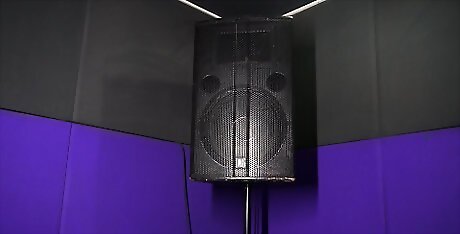
Upgrade your amplifier. Once you get an understanding of your guitar needs you can invest in an amp that suits you. If you are playing out of a small practice amp, the best upgrade you should consider is a combo tube amp. For tube combo amps, you can usually get away with a single 12” speaker, but many prefer the louder cousin, two 12” speakers. Classic tube combo amps are made by Marshall, Fender, and Vox. You can also upgrade to a stack which consists of a guitar (or bass) head and a cabinet of two to four speakers.













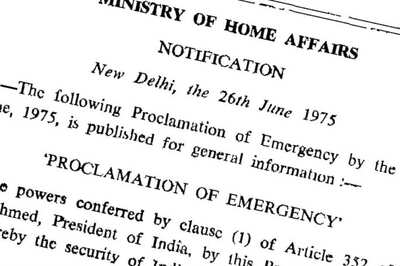





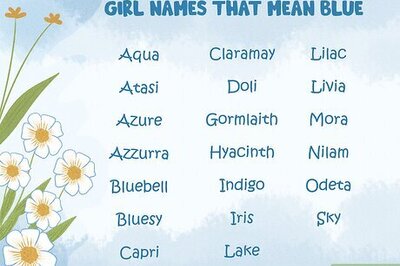
Comments
0 comment